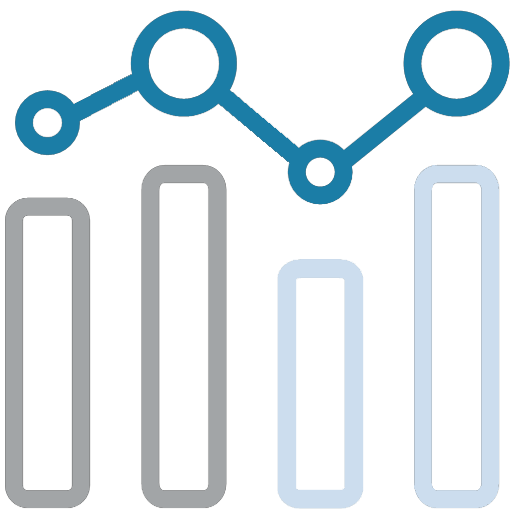Operational Analytics

Operational analytics involves analyzing data from business operations to improve efficiency, reduce costs, and enhance decision-making. It focuses on optimizing processes and workflows.
- Process:
- Data Collection: Gather data from operational systems, such as ERP (Enterprise Resource Planning) and CRM (Customer Relationship Management) systems.
- Process Analysis: Analyze operational processes to identify inefficiencies, bottlenecks, and areas for improvement.
- Performance Metrics: Track key performance indicators (KPIs), such as production output, delivery times, and resource utilization, to measure operational efficiency.
- Optimization Strategies: Develop and implement strategies to improve operational performance, such as process automation or resource reallocation.
- Monitoring and Reporting: Continuously monitor operational performance and generate reports to track progress and identify further opportunities for improvement.
- Purpose:
The goal of operational analytics is to improve business efficiency, reduce costs, and enhance decision-making by leveraging data from operational processes. - Outcome:
Improved operational efficiency, reduced costs, and better decision-making. - Challenges:
Integrating data from disparate operational systems and ensuring data accuracy can be challenging. Additionally, implementing operational changes requires coordination and buy-in from stakeholders. - Best Practices:
- Use real-time data to monitor and optimize operational processes.
- Focus on key performance indicators (KPIs) that align with business goals.
- Implement process automation to improve efficiency and reduce errors.
- Regularly review and refine operational analytics strategies to ensure continuous improvement.
